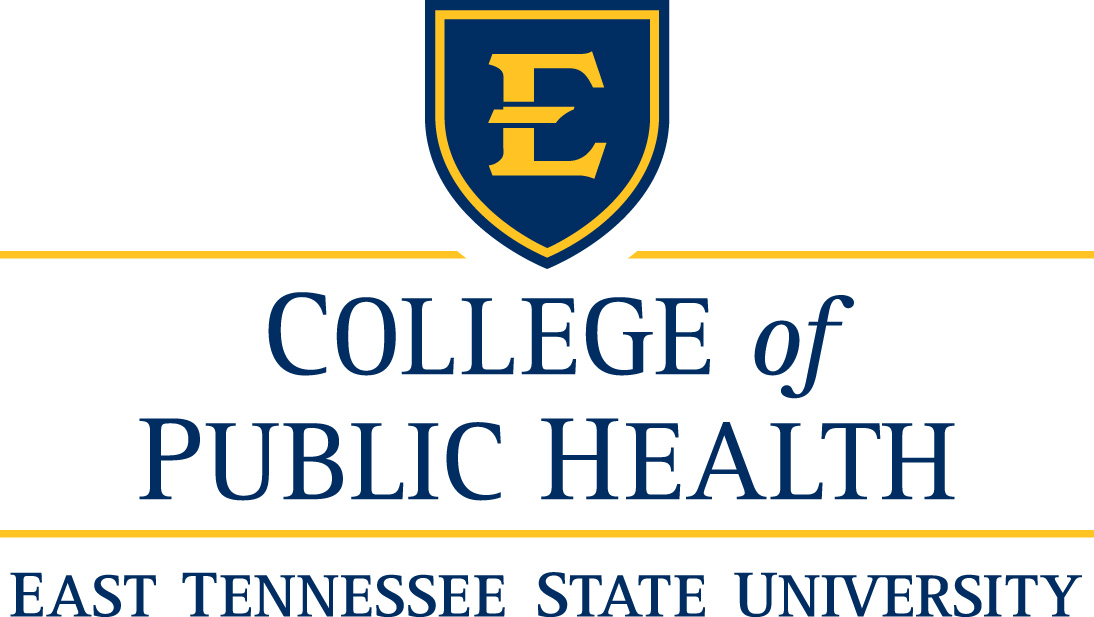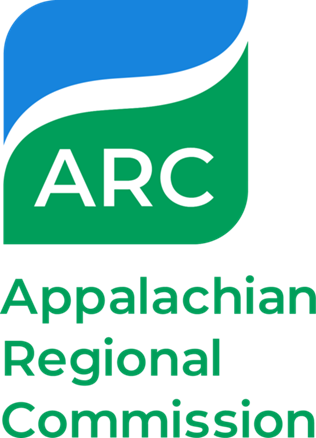Abstract
Introduction: Central Appalachia has been disproportionately affected by the opioid epidemic and overdose fatalities. We developed West Virginia Peers Enhancing Education, Recovery, and Survival (WV PEERS), a program based on peer recovery support, to engage individuals using opioids and link them with a range of services.
Methods: Community partners providing services to individuals with opioid use disorder (OUD) were identified and collaborations were formalized using a standardized memorandum of understanding. The program was structured to offer ongoing peer recovery support specialist (PRSS) services, not just a one-time referral. A website and cards describing the WV PEERS program were developed and disseminated via community partners and community education sessions.
Results: Overall, 1456 encounters with individuals with OUD (mean= 2 encounters per individual) occurred in a variety of community settings over 8 months. The majority of referrals were from harm reduction programs. Overall, 63.9% (n=931) of individuals served by WV PEERS accessed services for substance use disorders and/or mental health problems. Over half (52.3%; n = 487) of individuals entered substance use and/or mental health treatment, and nearly a third (30.4%; n = 283) remained in treatment over six months.
Implications: Using the WV PEERS model, PRSSs effectively engaged and linked individuals with OUD to mental health and substance use treatment in rural central Appalachia. Future research is needed to determine whether these services reduce the risk of overdose mortality.
DOI
https://doi.org/10.13023/jah.0303.04
Creative Commons License

This work is licensed under a Creative Commons Attribution 4.0 License.
Additional File
Recommended Citation
Davis SM, Stover A, Linn H, et al. Establishing Peer Recovery Support Services to Address the Central Appalachian Opioid Epidemic: The West Virginia Peers Enhancing Education, Recovery, and Survival (WV PEERS) Pilot Program. J Appalach Health 2021;3(3):36–50. DOI: https://doi.org/10.13023/jah.0303.04





Social Media Links